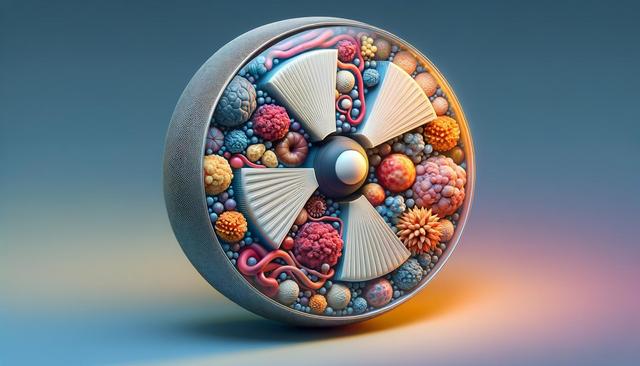What Is Radiation Therapy?
Radiation therapy is a widely used treatment method in oncology that utilizes high doses of radiation to kill or damage cancer cells. The goal is to target specific areas where cancer is present, minimizing harm to surrounding healthy tissue. Radiation can be delivered externally using machines or internally through radioactive substances placed inside the body near the cancer cells. This form of treatment is often used in conjunction with surgery or chemotherapy, depending on the type and stage of cancer.
Radiation works by damaging the DNA inside cancer cells. When their DNA is harmed beyond repair, the cells lose the ability to multiply and eventually die. Healthy cells can also be affected, but they typically recover more efficiently than cancerous cells. The precision of modern radiation equipment has greatly improved, allowing oncologists to customize treatment plans that deliver maximum effect with fewer side effects.
How Does Radiation Damage Cancer Cells?
Cancer cells grow and divide more rapidly than most normal cells. Radiation therapy exploits this characteristic by targeting cells that are actively dividing. The high-energy rays or particles disrupt the DNA within these rapidly dividing cells, preventing them from continuing to grow and eventually leading to cell death.
Key mechanisms through which radiation damages cancer cells include:
- Direct DNA damage: Radiation can break the DNA strands directly, interrupting the replication process.
- Indirect DNA damage: Radiation can also produce free radicals within cells, which then damage the DNA.
As the damaged cancer cells die off, the body’s immune system helps to clear them away. The process is gradual, and tumor shrinkage may take weeks or months following treatment. This makes radiation an effective but time-sensitive part of a broader cancer treatment strategy.
Types of Radiation Therapy
Radiation therapy can be administered in different forms, and the choice depends on the type of cancer, its location, and the patient’s overall health. The two primary types are:
- External beam radiation therapy (EBRT): This is the most common form, where a machine directs radiation at the tumor from outside the body.
- Brachytherapy: This involves placing radioactive material directly inside or near the tumor.
Each method has its own advantages. EBRT is non-invasive and can be applied to various types of cancers, whereas brachytherapy allows for a high dose of radiation in a localized area, often resulting in fewer side effects. Some patients may also receive systemic radiation therapy, which uses radioactive substances that travel in the blood to reach cancer cells throughout the body, especially useful in cases where cancer has metastasized.
Potential Side Effects and Management
While radiation therapy is effective, it can lead to side effects due to damage to nearby healthy cells. The severity and type of side effects depend on the treatment area, radiation dose, and individual patient factors. Common side effects include:
- Fatigue
- Skin irritation or burns at the treatment site
- Hair loss in the treated area
- Nausea or appetite loss
In most cases, side effects are temporary and manageable. Oncologists often recommend supportive care strategies, such as dietary changes, skin care routines, and rest, to help patients cope during and after treatment. Advances in technology, such as image-guided radiation therapy (IGRT) and intensity-modulated radiation therapy (IMRT), have helped reduce the risk of side effects by sparing more healthy tissue from radiation exposure.
The Role of Radiation in Cancer Treatment Plans
Radiation therapy plays a crucial role in many cancer treatment plans. It can be used in several ways:
- Curative treatment: To eliminate cancer completely, especially in early-stage cancers.
- Adjuvant therapy: Combined with surgery or chemotherapy to increase treatment effectiveness.
- Palliative care: To relieve symptoms and improve quality of life in advanced cancer stages.
Radiation is often tailored to a patient’s specific condition. Planning involves imaging tests and simulations to determine the exact position and size of the tumor. This ensures high accuracy in delivering the radiation dose. Collaboration among oncologists, radiologists, and medical physicists is central to developing and executing a successful treatment plan. With ongoing research, radiation therapy continues to evolve, offering hope and improved outcomes for individuals facing cancer.


